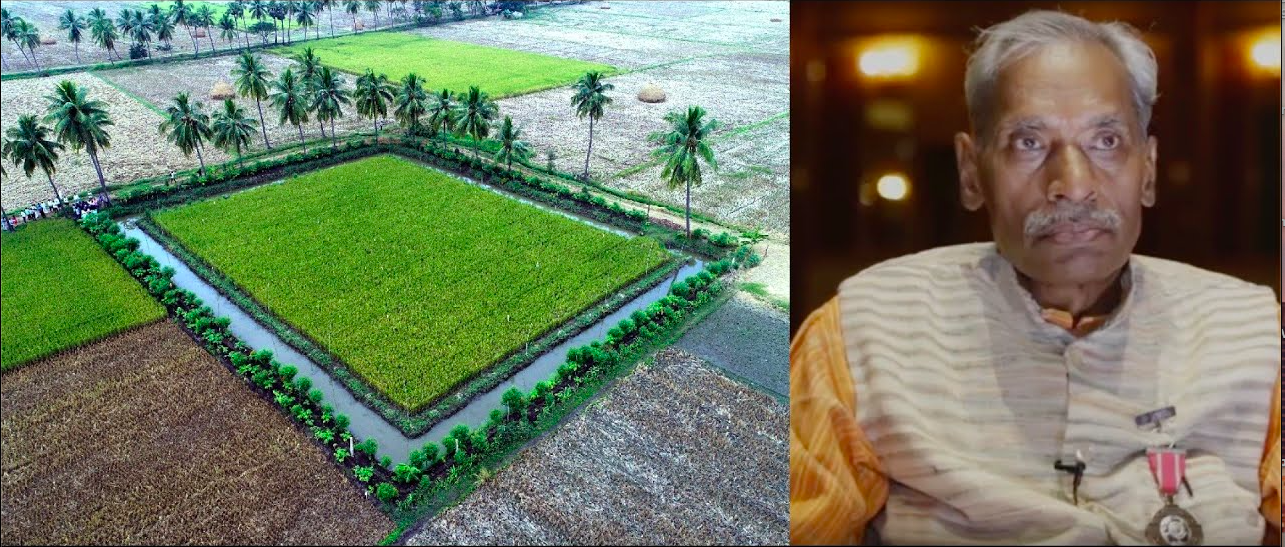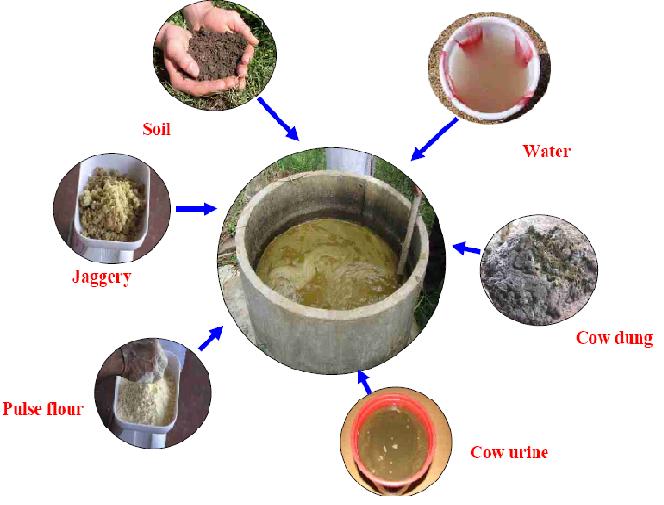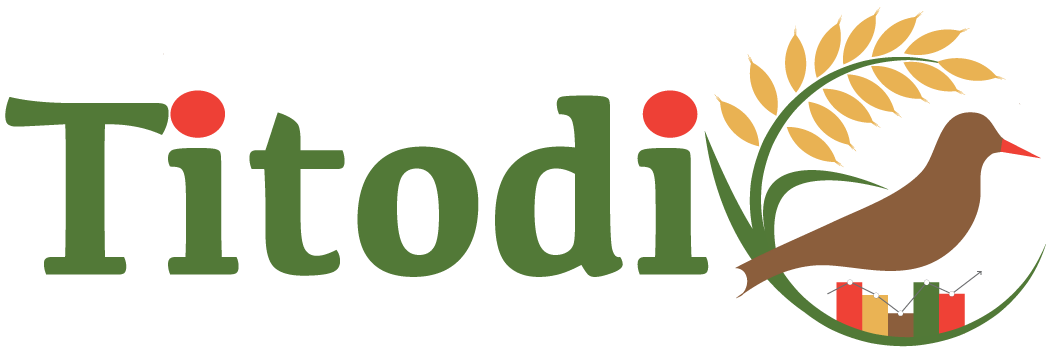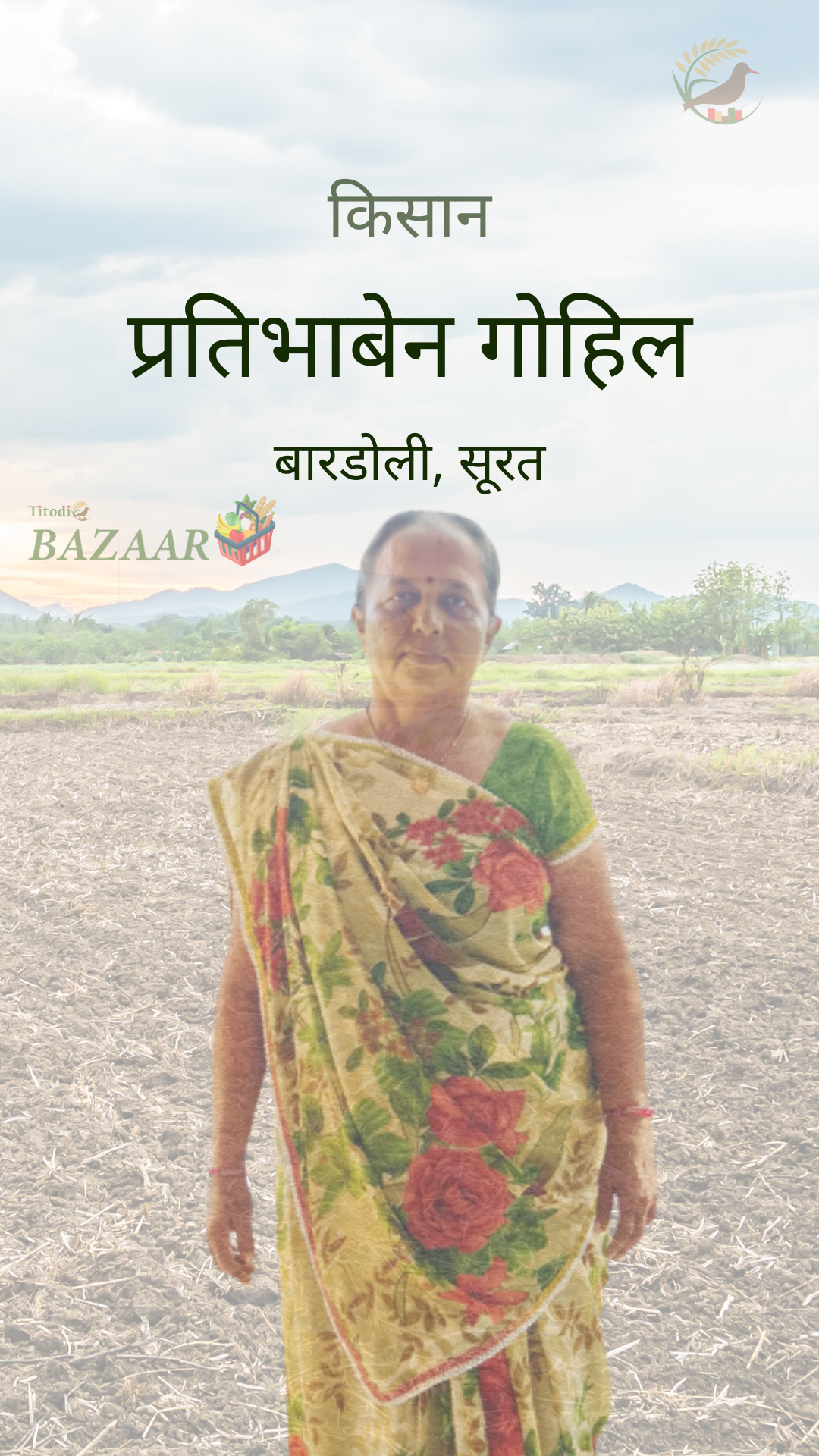Natural Farming is an environment-friendly ecological farming method widely used by millions of farmers worldwide. In this article, we will describe one of the well-known and widely popular methods used in India.
What is Natural Farming?
Natural farming is a method of chemical-free agriculture drawn from traditional Indian practices.
The Natural Farming method described in this article, also known as SPNF method, was originally developed by agriculturist Padma Sri Subhash Palekar in the mid-1990s. An alternative to the farming method introduced in the Green Revolution that extensively deployed chemical fertilisers, pesticides and intensive irrigation, the SPNF method was promoted to use chemical-free, Low-budget farming.
It is a unique model that relies on Agro-ecology. It aims to bring down the cost of production to nearly zero while avoiding practices deployed during the Green Revolution. According to the claim, an SPNF farmer does not need any expensive material such as fertilizer, pesticide and intensive irrigation.

Pillars of Subash Palekar Natural Farming
The SPNF method is derived based on four pillars or wheels of traditional agriculture practices:
Beejamrit (Seed Treatment)
This process uses cow dung and urine, concoction of Lime powder, water and soil to be applied before the seed sowing process.
Jeevamrit (Soil Fertility)

Soil fertility can be obtained through a mixture of fresh cow dung and aged cow urine (both from India's indigenous cow breed), jaggery, pulse flour (except oil-based commodity), water and soil; to be applied on farmland.
Aachhadan (Mulching)
It uses crop residues to protect topsoil during cultivation and does not destroy it by tilling. This process also helps to prevent water evaporation while also contributing to the formation of the Soil Humus.
Waapsa (Soil Aeration)
It is the condition where both air molecules and water molecules are present in the soil. Thereby helping in reducing irrigation requirement.
Benefits of Natural Farming
The rising cost of external inputs in farming, such as fertilizers and pesticides is the leading cause of indebtedness and suicide among farmers. According to the National Sample Survey Office (NSSO) data, almost 70% of agricultural households spend more than they earn, and more than half of all farmers are in debt.
Whereas in Natural Farming there is no need to spend money or take loans for external inputs, and therefore, the cost of production could be reduced and farming can be made into a "Minimal budget" exercise. This would break the debt cycle for many small farmers and help envisage the farmer income double in the near future.
At a time when chemical-intensive farming is resulting in soil and environmental degradation, a low-cost environment-friendly farming method is certainly a timely initiative.
The SPNF method promotes soil aeration, minimal watering, intercropping, bunds and topsoil mulching and discourages intensive irrigation and deep ploughing. It suits all crops in all agro-climatic zones. Citing the benefits of SPNF, in June 2018, Andhra Pradesh rolled out an ambitious plan to become India’s first State to practice 100% natural farming by 2024.
Way Forward
There is a host of structural marketing issues which needs to be addressed first, before aiming to achieve the ambitious goal of SPNF.
For example:
- Strengthening of agricultural market infrastructure.
- Extending the procurement mechanism to all food-grain and non-food grain crops to all States.
- Implementation of price deficiency payment system for selected crops.
- Fixing minimum support prices (MSP) in consonance with the cost of cultivation.
- Abolishing minimum export price for agricultural commodities.
- Enacting legislation on ‘right to sell at MSP’ needs immediate attention.
- MGNREGS must also be linked with farm work in order to reduce the cost of cultivation which has escalated at a faster pace over the past few years.
Unless these issues are resolved, the doubling of farmers' income will remain a distant reality. In this context, farmers’ ease of doing business and ease of living should also be taken into consideration.
SPNF @ Titodi
At Titodi, our primary vision and the ultimate goal is to help farmers achieve the best results of their hard work by bringing advanced technology to their fingertips. SPNF method helps reduce the crops' production cost, hence giving more profits to farmers. This method also helps the environment and soil health, which allows the farmers, in the long run, to yield more from the same piece of land while reducing the chances of making that barren quickly.
Titodi has already partnered with a large amount of SPNF farmers and many Farmer Produced Organizations (FPOs), while we are constantly working on bringing even more on board. Titodi will provide a free platform for individual SPNF farmers to promote and sell their crops and produce. Forever.




